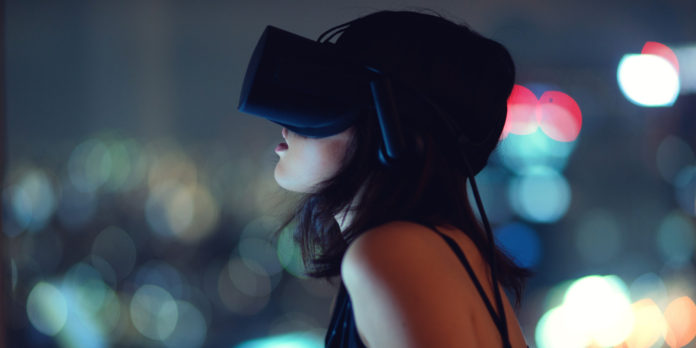Drones aren’t fail-proof nor are they indestructible. And that’s what makes testing drones so frustrating. Time and time again engineers have to repair the damage caused by a drone while learning to maneuver around various obstacles. However, thanks to engineers from MIT that may be about to change.
The engineers have created a new virtual reality (VR) training system for drones that allows the vehicles to experience in a thriving, virtual environment while really they’re moving around in an empty space. “Flight Goggles” is the name given to the system and it could be the next big thing is to reduce the number of crashes that happen during drone training sessions.
“We think this is a game-changer in the development of drone technology, for drones that go fast,” says associate professor of aeronautics and astronautics at MIT, Sertac Karaman. “If anything, the system can make autonomous vehicles more responsive, faster, and more efficient.”
Much of Karaman’s inspiration came from drone racing, where human players controlling drones compete against one another as they fly through a various door, windows, and other obstacles. He wondered whether an autonomous drone could fly any better than the human-controlled ones.“In the next two or three years, we want to enter a drone racing competition with an autonomous drone, and beat the best human player,” says Karaman.
The problem with that is that the way in which autonomous drones are currently trained is very hands on. Researchers have to fly the drones in very sparse testing grounds where nets are often hung to stop any out of control vehicles from flying away too far. They must also set up obstacles such as doors and windows for the drones to practice flying around. Whenever they crash they have to be repaired, or even worse, replaced. This adds even more costs to the projects balance sheet.
Flight Goggles consists of an image rendering program, a motion capture system, and electronics to process the images and send them directly to the drone. Using this system, Karaman and his colleagues can create their own realistic scenes and beam them straight to the drone to make it look as though it is navigating through that actual space. “The drone will be flying in an empty room, but will be ‘hallucinating’ a completely different environment, and will learn in that environment,” explains Karaman.
To test the system the researchers carried out a number of different experiments involving the drone. One such test involved the drone flying through a virtual window around twice its size. As the drone flew, images were beamed across that portrayed a living room and window. Over the course of 10 flights, the drone only crashed into the window three times out of 364, which is not bad really. Karaman says that even if the drone crashed several thousand times it would still be less impact to endure than if the same crash took place in the physical world opposed to a virtual one.
The final test saw the team set up a real window in the testing facility and then using the navigation algorithm that was in the virtual system, they flew the drone successfully through the real window 119 times out of 125.
It’s a great system that is extremely malleable. Researchers can create their own scenes, including replicas of real buildings, in which to train the drones. It could also be used to test new sensors to see how they work with even faster-moving drones. “There are a lot of mind-bending experiments you can do in this whole virtual reality thing. Over time, we will showcase all the things you can do.,” says Karaman.
More News to Read

